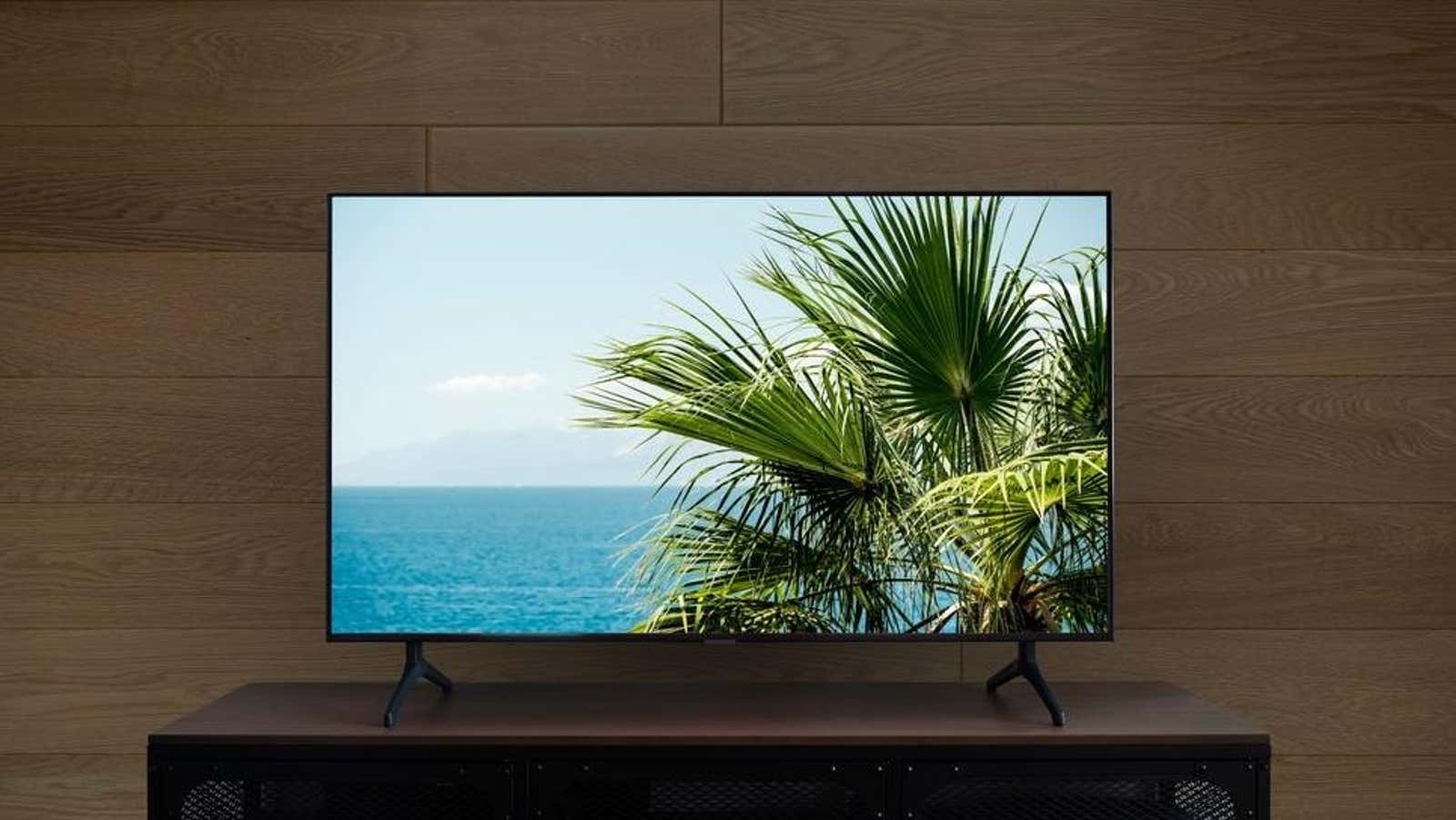What Is OLED Burn-In? (and How to Avoid It)

OLED screens are known for two things. The first is the superior picture quality and high contrast levels now seen on all types of OLED TVs, PC monitors, smartphones, tablets and handheld game consoles. The second is “OLED burn-in”.
Fortunately, as technology advances, burn-in on new OLED screens is less likely than when the first OLED TVs came out. However, you still have enough trouble to reevaluate how you use your OLED display devices to make sure you don’t accidentally damage them.
What is OLED burn-in?
“Burn-in” is when your screen constantly shows an afterimage of something that is no longer on the screen. OLED displays are prone to these persistent ghost images due to the way they work: to put it simply, each pixel on an OLED screen is illuminated individually, not by area as in other LED panels. This means that each OLED pixel can turn on, turn off, and change color depending on what’s happening on the screen. This is how OLED screens achieve the “deep blacks” and high levels of contrast they are known for, but it also means that each pixel can be damaged or overused, resulting in faded (or even burnt) pixels.
The worst culprits for burn-in are user interface elements in video games, apps, and streaming service menus; tiny station ID icons on TV channels; lower third chirons on news stations; and static splash images that can be displayed on the screen for hours.
To be clear, it’s unlikely that you’ll experience OLED burn-in in normal use. The image must be on the screen for hundreds or even thousands of hours to really damage the screen. Burn-in is also less likely with newer OLED displays, which are often manufactured with burn-in prevention technology enabled.
However, slight distortion or discoloration can appear after several tens of hours even on the latest devices. And once it happens, even to the smallest extent, you can’t fix it. You can see first-hand evidence on many TV and smartphone models at stores like Best Buy, which often display the same images on screen for days or weeks. You can also see some evidence of the long burn-in of the new Switch OLED model in the video below from YouTuber Wulff Den:
How to prevent OLED burn-in
Of course, the examples above are rare edge cases that don’t reflect how normal users interact with their OLED screen, but they are still proof that burn-in remains a problem for all OLED screens. However, there are ways to avoid burnout without resorting to extreme screen time rationing.
Change what you watch and play
The most obvious is to regularly change what is displayed on the screen to avoid displaying static images for too long. For example, if you only watch ESPN on TV, maybe connect to FOX Sports or NBC from time to time to avoid the “ESPN” logo being burnt out. If you play Call of Duty a lot, try Apex Legends or Destiny to make a difference. And if you often watch YouTube or Twitch, watch in full screen mode so that the interface is not displayed on the screen for hours.
Adjust the brightness
While changing what’s on your screen ensures that nothing is displayed for long enough, screen brightness is also an important factor to keep in mind. Burn-in occurs faster on bright screens, so lowering your device’s brightness and enabling auto-dimming and auto-sleep modes that kick in after a few minutes of inactivity can reduce the chance of burn-in.
These don’t have to be extreme changes – anything below 90 percent is fine, but ideally you should aim for the 70-80 percent range or below. Same for auto-dimming and auto-off or sleep timers: You don’t need your screen to dim every 10 to 30 seconds, 10 to 30 minutes works fine. The point is to make sure the screen isn’t on and displays the same images at maximum brightness all day.
Use dark mode and other settings
Some devices also have additional settings that further reduce the chance of burn-in. Enabling dark mode for your OS and apps is especially useful for OLED screens, as pixels dim when displaying darker colors and turn off completely for blacks. Other examples include Android 12’s “Extra-dim” mode, as well as “White Point Reduction” and advanced brightness reduction options in the iOS accessibility settings.
While you don’t need to enable all of these settings to prevent screen burn, we recommend using at least some of them to prevent this rare but permanent screen damage.
[ SET ]